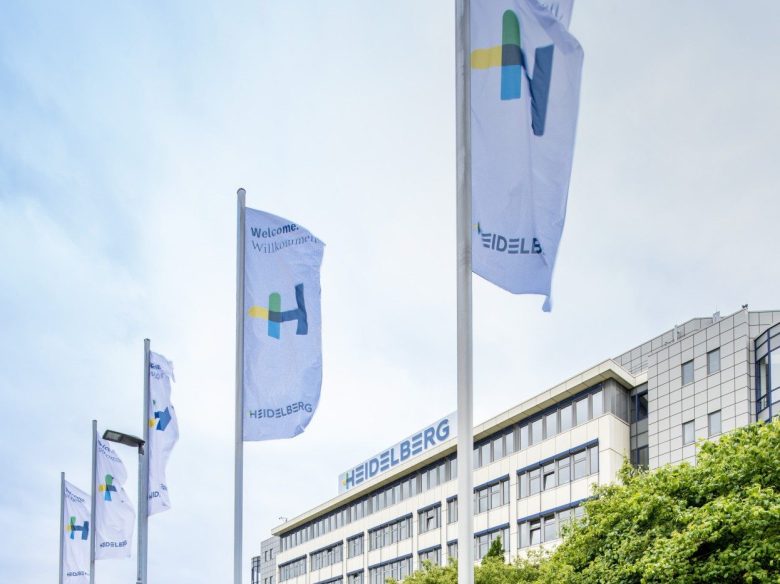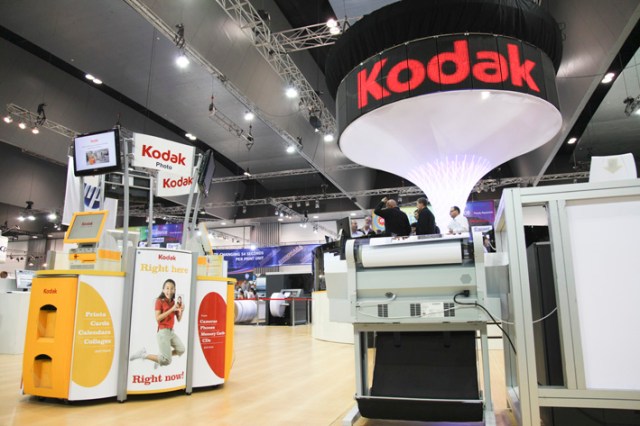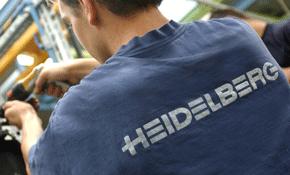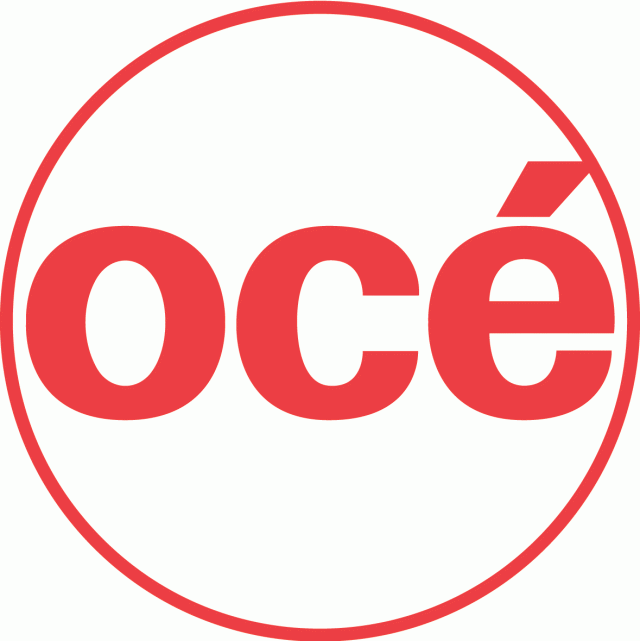
Heidelberg has announced that it will be closing its “unprofitable businesses” of Primefire and very-large-format printing as well as making job cuts globally for short-term reductions in structural costs and long-term improvements in its profitability.
The company has realigned its business with a focus on its profitable core business and has put in place a “systematic streamlining” of its cost base to deliver a €100 million improvement in EBITDA, excluding the restructuring result.
This includes the closure of the two above-mentioned businesses, sharp cuts in production costs and structural costs, and a global reduction in its workforce by up to 2,000 jobs.
Heidelberg said in statement that it will discontinue individual products that “earn far too little” and significantly impact the company’s profitability with an annual loss totalling around €50 million.
In digital printing, for example, Heidelberg mentioned that the market for the Primefire 106 product has grown much more slowly than anticipated because of the difficult industry and market environment. Similarly, in sheetfed offset printing, it said the very-large-format product range has been “falling well short of sales targets” because of a change in the market structure for this subsegment.
“To improve overall profitability as soon as possible, production in both businesses is to be discontinued by the end of 2020 at the latest. The aim is to focus Heidelberg consistently on profitable activities in order to secure strong operational performance and profitability under its own power, also when times are difficult,” the company said.
In addition, it will axe up to 2,000 jobs worldwide, which may also include plant closures.
Heidelberg said the reduction in force is an “essential part of the long-projected action package” for its realignment, independent of the business situation as a result of the coronavirus pandemic.
Negotiations on the detailed implementation are expected to begin in the “near future”.
According to Heidelberg A/NZ CEO Richard Timson the job cuts and closure of the two unprofitable businesses are not expected to affect the A/NZ region.
“We haven’t sold Primefire and very-large-format printing in A/NZ, so the closure of that business won’t affect our operations here,” he told Sprinter.
“We have no engineering capacity in relation to those two businesses in this region. As for the global workforce downsizing, we’ve built our A/NZ workforce to be one of the most efficient over our five years in operation. It is unlikely to affect us at this point.”
Heidelberg CEO Rainer Hundsdörfer said the realignment is a “radical step” for the company involving “some painful changes”.
“As hard as it was for us to make this decision, it is necessary in order to put our company back on track for success,” he said.
“Discontinuing unprofitable products enables us to focus on our strong, profitable core. This is where we will further extend Heidelberg’s leading market position by leveraging the opportunities of digitalisation. Going forward, we will continue to provide our customers worldwide with technologically leading digital solutions and services across the board.”
Heidelberg chief financial officer Marcus Wassenberg said the company plans to significantly improve its financing structure by reducing debt – notably including the repurchase of a €150 million high-yield bond – and to systematically press ahead with its realignment.
“This marks a milestone for Heidelberg. At a single stroke, we are freeing ourselves from the severe debt burden and, at the same time, can systematically implement the requisite operational realignment within the next 18 months,” he said.
“This will make us crisis-proof in the short-term and significantly improve profitability so that we can press ahead with our digital realignment.”
As for the increasingly deteriorating global economic environment due to the coronavirus pandemic, Heidelberg said it will negatively impact sales and earnings in the current financial year “more severely than so far anticipated”.
Therefore, it has identified that its full-year sales will now be “well below the prior-year level” and the forecast EBITDA range – excluding the restructuring result and one-time proceeds from the sale of Hi-Tech Coatings – of between 5.5 and 6.0 per cent can longer be attained.
“A major part of the realignment will be initiated in the financial year 2020/2021, such that – depending on the outcome of negotiations with the employee representatives as well as the economic impact of the corona pandemic – there may once again be a negative net result after taxes in the transition year, too.
“It is anticipated that substantial positive effects from the realignment will materialise starting in the financial year 2021/2022.
“With this comprehensive action package and major refinancing, we are doing everything in our power to position Heidelberg so that we are sufficiently resilient to remain profitable even in times of economic uncertainty.” The top priority following Heidelberg’s realignment will be profitability,” Wassenberg added.
Heidelberg’s future investment spending will focus on full end-to-end digitalisation of customer value creation, which includes integrated system solutions for machines, software, consumer goods and performance services.
Its long-term vision is to create a cross-industry IoT-based platform to automate all customer-supplier relationships, enabling print shops to secure a “significant gain in productivity”.
Comment below to have your say on this story.
If you have a news story or tip-off, get in touch at editorial@sprinter.com.au.
Sign up to the Sprinter newsletter



